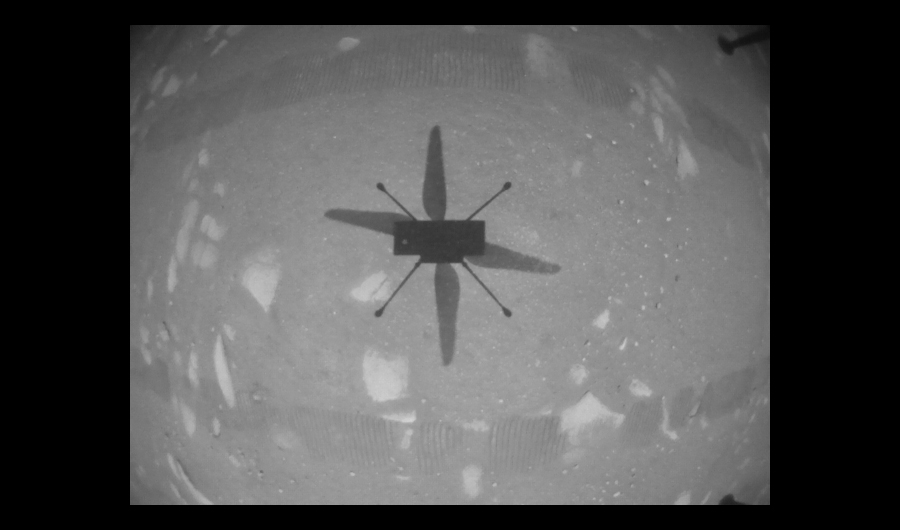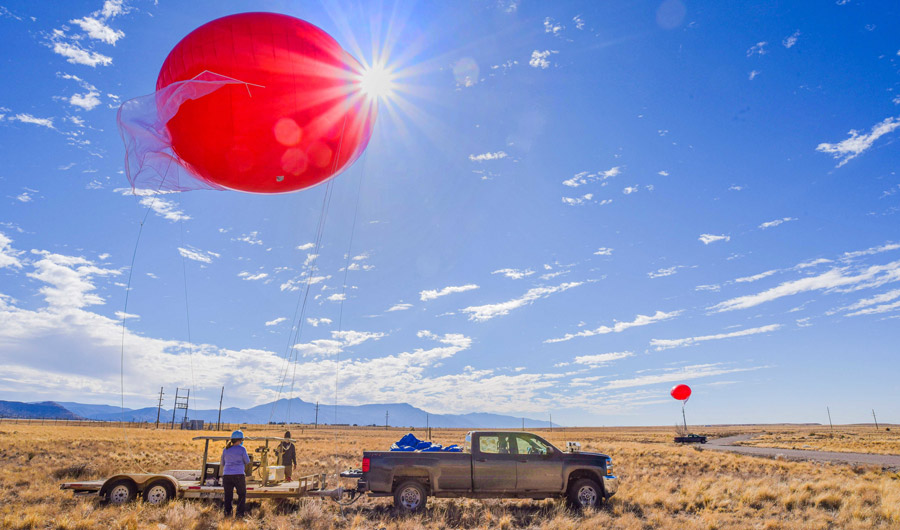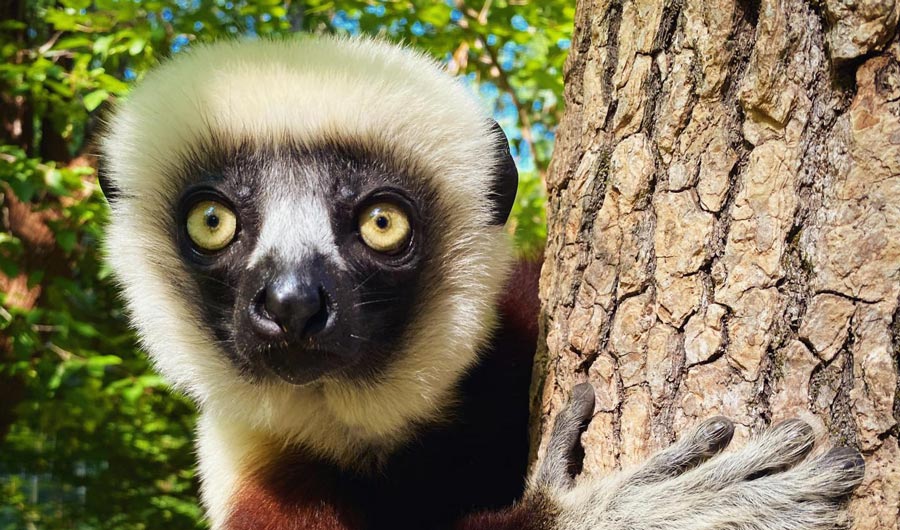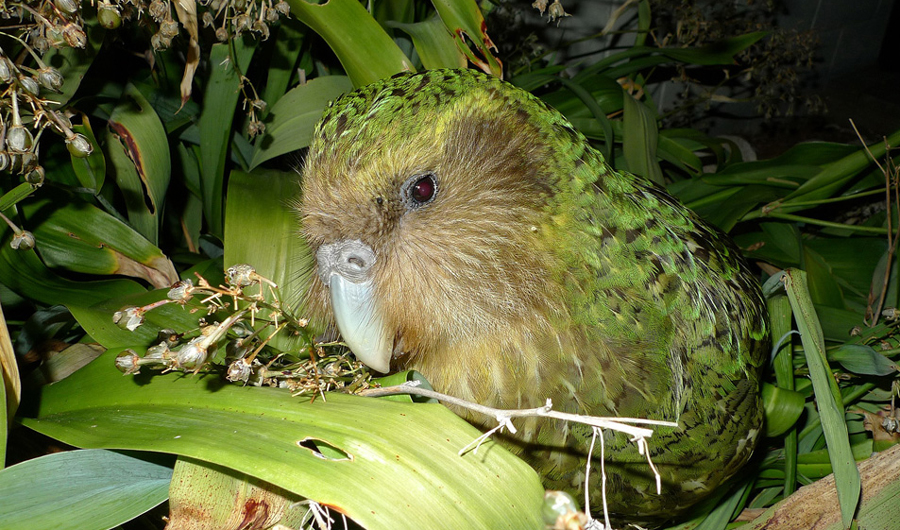April Breezes Across Earth and Beyond
This month in pictures
Image
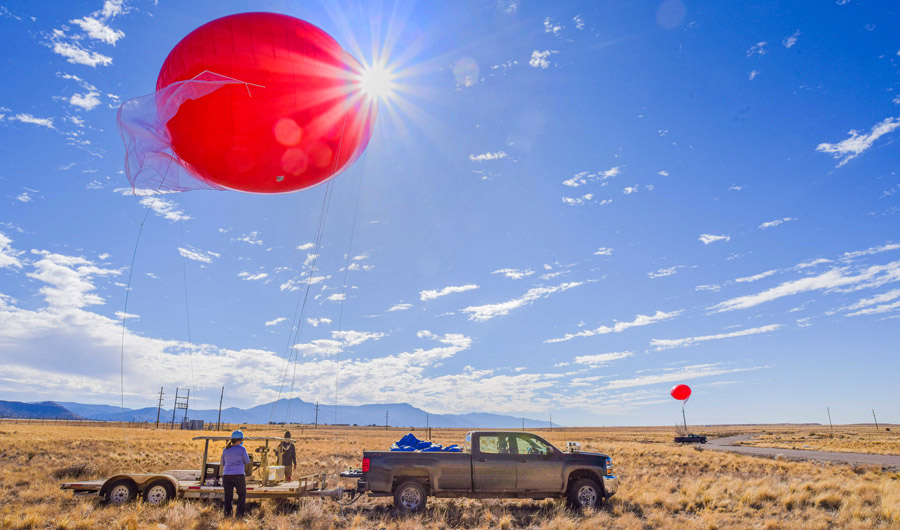
A research team preparing 22-foot-wide tethered balloons to study dust particles.
Media credits
(Inside Science) -- As warm winds swept across the Northern Hemisphere this month, researchers took the opportunity to fly giant red balloons and study wind energy. Those aerial accomplishments were mirrored on Mars with the first-ever flight on another planet. Endangered animals also took center stage for Earth Day, celebrated on April 22 this year.
Filed under

